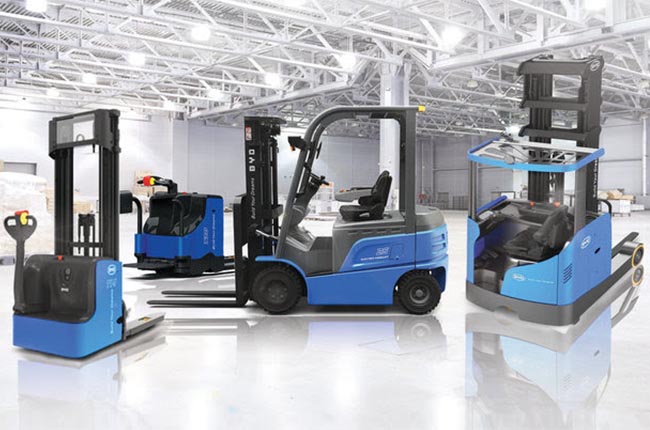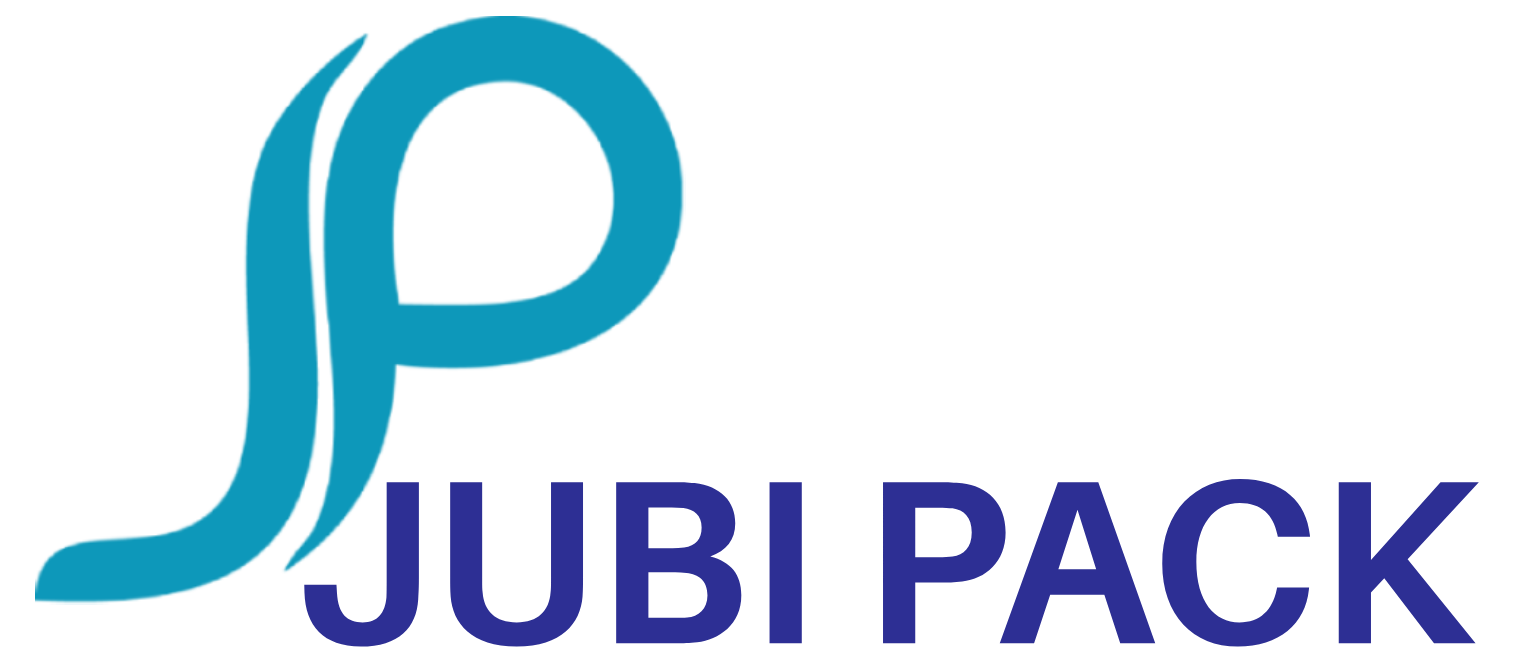
Future Of Material Handling In India: Electric Vs. Traditional Forklifts
Walk into any warehouse in India today and you'll feel something different. You know what I noticed last week at a warehouse in Gurgaon? The air felt fresher somehow. And the constant noise that used to give everyone headaches? It's much quieter now. Those massive diesel forklifts that dominated every single floor for years?
They're disappearing from warehouses gradually. Electric forklifts are filling those empty spots. And the truth is, this shift surprised everyone with its speed. This isn't about wanting fancy new gadgets or copying what competitors do. It's about money, common sense, and what actually works better for businesses like yours.
The material handling industry in India is exploding with growth lately. You see new warehouse facilities springing up constantly. Companies everywhere are getting bigger. And there's one question on everybody's mind: should I play it safe with familiar equipment or explore newer options?
Traditional forklifts served us reliably for years and years. Nobody questions that history. But the cost of fuel? It never stops increasing. Maintenance invoices are becoming hard to stomach. Meanwhile, electric forklift technology has advanced so impressively that turning a blind eye seems silly anymore. Let me show you the real situation, without any marketing talk.
Traditional Forklifts: Diesel & Lead-Acid Overview
Diesel forklifts built this whole industry.They're practically indestructible really. Every mechanic understands their mechanics completely. When you need raw power or you're working outdoors in heavy rain, diesel still delivers.
Plenty of businesses love diesel, and for good reasons. You don't need special charging setups. Just keep diesel handy. The machines start right away. They handle rough ground better than anything else. Plus, parts are available everywhere.
Lead-acid battery forklifts are the old-school electric option. They've been around forever. Quieter than diesel, sure. But ask anyone who uses them about the maintenance headaches. Topping up battery water every week. Waiting forever for charging. Keeping spare batteries around.
The problem with traditional forklifts shows up in your monthly bills. Diesel prices aren't going down. Oil changes and repairs pile up fast.
Electric Forklifts: Lithium-Ion Revolution in Material Handling
Lithium-ion forklifts are the true revolution here. Same battery technology inside electric vehicles, just reinforced for tough warehouse duty. And frankly, they've become seriously good. What sets electric forklifts with lithium-ion batteries apart exactly?
They charge fast. Like, really fast. You can get to 80% in two hours. That changes how you plan your day. No more juggling three battery sets for different shifts.
These batteries last way longer too. Lithium-ion batteries can go through thousands of charges. Some last ten years or more. That's not just marketing hype. Real warehouses are seeing this.
Here's the best part: almost zero maintenance. No water topping. No acid checking. No special battery room needed. The battery just works. For someone running a busy warehouse, that's huge.
The power stays steady all day too. Remember how old batteries would slow down after lunch? Lithium-ion electric forklifts don't do that. Consistent power throughout the day. Your operators maintain identical productivity whether it's morning or evening.
Performance Comparison: Electric vs. Traditional Forklifts
Energy Efficiency & Cost Savings
Alright, let's get into costs. A diesel forklift eats three liters every hour basically. At ₹90 per liter, that's ₹270 gone each hour. An electric forklift takes about 15 power units for matching work. At ₹7 per unit, you're spending only ₹105. That difference is pretty significant.
A warehouse in Pune with twelve forklifts saved over ₹45 lakhs yearly by switching to lithium-ion electric forklifts. They paid back their investment in under four years. After that? Pure savings.
Emissions & Environmental Impact
Diesel forklifts pump out fumes constantly. In closed warehouses, that stuff builds up. Workers breathe it all day. Some get headaches. Others complain about throat irritation.
Electric forklifts change everything. No exhaust. No fumes. The warehouse air stays clean. Workers notice immediately. It's one thing you don't notice until you go through it yourself personally.
True, electricity comes from power plants. But India's building more solar and wind farms regularly. So electric material handling gets cleaner over time automatically.
Maintenance & Lifespan
Traditional diesel forklifts demand constant care. Oil changes. Filter replacements. Engine tune-ups. Most businesses spend 10-15% of the machine's cost yearly just on maintenance.
Lead-acid battery forklifts are different but equally annoying. Weekly battery watering. Cleaning terminals. Then buying new batteries every few years for several lakhs each.
Lithium-ion forklifts barely need anything. No oil changes. No filters. No battery maintenance. Annual costs drop to 3-5%. That's massive savings over ten years.
They last longer too. Diesel runs perhaps 10,000 hours before serious issues. Electric forklifts typically push 15,000 to 20,000 hours pretty comfortably.
Productivity & Flexibility
Electric forklifts respond instantly. No lag. Smooth acceleration. Operators love how easy they are to control. New guys learn faster. Experienced operators work more efficiently.
Traditional forklifts have real limitations now. Diesel can't enter cold storage or food areas. Lead-acid batteries need long charging breaks right when you're busiest.
Lithium-ion electric forklifts fix this. Charge during lunch. Charge during shift changes. Even thirty minutes helps. Power doesn't drop off, so your last hour equals your first basically.
Market Trends: Growth of Electric Forklifts in India
The Indian forklift market is evolving super fast. Electric forklift adoption is growing over 20% yearly. That's not just growth. That's a complete shift.
Government policies are helping. Some states give tax breaks. Big companies setting up in India bring their global standards. They want electric fleets everywhere.
E-commerce changed everything too. Those giant Amazon and Flipkart warehouses never stop. Lithium-ion forklifts suit them ideally. When big players adopt something, everyone else follows.
Indian companies are building quality electric forklifts locally now. That brings prices down and makes service easier. The whole material handling industry in India is benefiting.
Why Businesses Are Shifting to Electric Forklifts
Money matters most, obviously. But there's more to it.
Workers notice the difference right away. Electric forklifts don't create constant noise. No diesel fumes means people breathe properly. The smoother operation makes jobs less tiring. Comfortable workers stay longer and perform better.
Sustainability has become real. Companies have actual carbon targets now. Investors ask questions. Customers care. Switching to electric material handling equipment gives you something concrete to show.
Regulations are tightening. Delhi and Mumbai have strict emission rules. Some areas ban diesel equipment. Smart businesses are switching now on their own terms instead of being forced later.
Case for Traditional Forklifts: Where They Still Hold Value
Traditional forklifts still have their place. Diesel forklifts are simply best for heavy outdoor operations.Construction sites. Lumber yards. Shipping ports. These places need diesel's raw power and durability. You refuel in minutes and keep going.
Small businesses with tight budgets face real constraints. Lower upfront costs help them start. When you're just surviving, saving ₹5-6 lakhs matters more than future operating costs.
If you've already invested in battery rooms and charging setups, continuing with lead-acid battery forklifts makes sense until replacement time. No need to throw away working equipment.
But honestly, the math is changing. Financing makes electric forklifts accessible now. Total five-year costs often favor electric even when the initial price seems high.
Key Industries Benefiting from Electric Forklifts in India
Pharmaceutical companies jumped on electric forklifts early. Cleanrooms can't handle contamination. Lithium-ion forklifts fit perfectly.
Food processing has similar needs. Rules actually ban diesel in food areas. Electric material handling equipment is your only choice.
Automotive plants love them for assembly work. Quiet operation. No soot on painted surfaces. Most global manufacturers mandate electric equipment.
E-commerce warehouses are creating incredible growth. Those fulfillment centers process thousands of orders each hour during three shifts. Quick charging keeps lithium-ion forklifts running continuously.
Even textiles and garments are switching. They operate on thin margins. Every rupee saved matters. Electric forklifts deliver real cost reductions.
Conclusion: Which Forklift Is Right for Your Business?
The trend is clear. Electric forklifts are becoming standard for good reasons.
For indoor operations, the case is strong. Cost savings pay back within a few years. Workers appreciate cleaner, quieter conditions. Maintenance becomes simpler.
Traditional forklifts still serve outdoor and specialized work. But even those niches are shrinking. The material handling industry in India is moving electrically.
Do your own math. Calculate total costs honestly. Include fuel, maintenance, battery replacements, and downtime. Most find electric material handling equipment costs less over its lifetime.
The future of material handling in India is electric. That's not the opinion. It's what's happening. The question is whether you lead this change or follow it. Early adopters gain advantages through lower costs and better efficiency. Make your choice based on real numbers.
